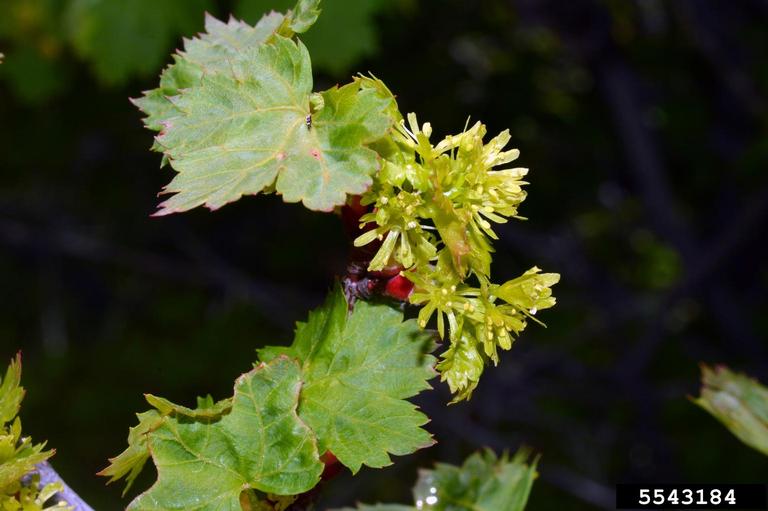Rocky Mountain Maple
Acer glabrum
Plant Description
Rocky Mountain maple is a small deciduous tree or large shrub native to montane forests, canyons, and streambanks of western North America. Typically growing above 1,000 feet in elevation and reaching 10–30 feet in height, it has smooth, reddish-brown bark and opposite, three- to five-lobed leaves that turn bright yellow to orange in autumn. In spring, it produces clusters of small, greenish flowers that develop into paired samaras, providing food for birds and small mammals. Ecologically, Rocky Mountain maple plays a key role in stabilizing soils on slopes and streambanks, offers cover and browse for wildlife, and contributes to the structural and seasonal diversity of montane riparian and forest ecosystems.
Plant Details
| Life Forms | |
|---|---|
| Habitats | |
| Soil and Moisture Conditions | |
| Special Uses | |
| Shade Preference | |
| Mature Height | up to 30' |
© Marion Soil and Water Conservation District. All Rights Reserved.



